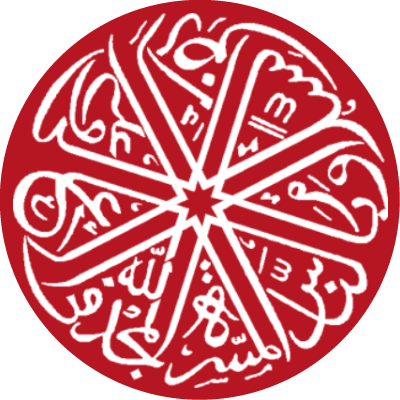Works by Raggetti, Lucia as author 5
Gli uccelli nel Kitāb al-Ḥayawān di al-Ǧāḥiẓ
Editions 1
Relationships with other works 1
Inks as instruments of writing
A short treatise attributed to Ibn al-Ǧazarī (born Damascus 751/1351) deals with what was considered necessary knowledge about the art and craft of penmanship. Along with linguistic and antiquarian remarks, scribal practices, and social applications of writing, an entire section is devoted to the preparation of inks. The selection of recipes includes different ink typologies and technical approaches to ink making, with a preference for metallic compounds; the manipulation of metallic substances often absorbed technological aspects of alchemical practice. This article provides an edition and a commented English translation of the section on inks in the Book on the Art of Penmanship, as preserved by its unique manuscript witness, MS Berlin Sprenger 1918. A recipe for the distillation of an artificial golden ink has been replicated in order to better understand the interaction between the text and the chemical reality behind it.
Editions 1
Relationships with other works 1
Goodfeathers: amazing pigeons in Arabic animal lore
Editions 1
Hallucinations and smoke screens
If one masters the hidden laws of nature, there is no end to the wonders that these can produce. A particular group of such procedures that prescribe fumigations with dry, incense-like substances circulated in the Arabic mediaeval tradition, probably translated from Greek and eventually received by the Latin Mediaeval tradition. Plato’s pseudo-epigraphic authorial banner provides an authoritative narrative of transmission that presents these materials in connection with the most prestigious ancient Greek knowledge. This chapter explores the transmission of these erratic blocks of text from a longue durée perspective, analysing some specific textual clues disseminated along the tradition, first in the Pseudo-Platonic fragment in MS Paris BnF 2577 and then in the third chapter of al-ʿIrāqī’s Kitāb ʿuyūn al-ḥaqāʾiq wa-īḍāḥ al-ṭarāʾiq (‘The best of true facts and the explanation of their ways’). This study also attempts to explore the possible technical and material reality behind the text, seeking to frame it in the social context in which these practices were embedded and to pin down the performative component that many of them implied.
Editions 1
Relationships with other works 1
